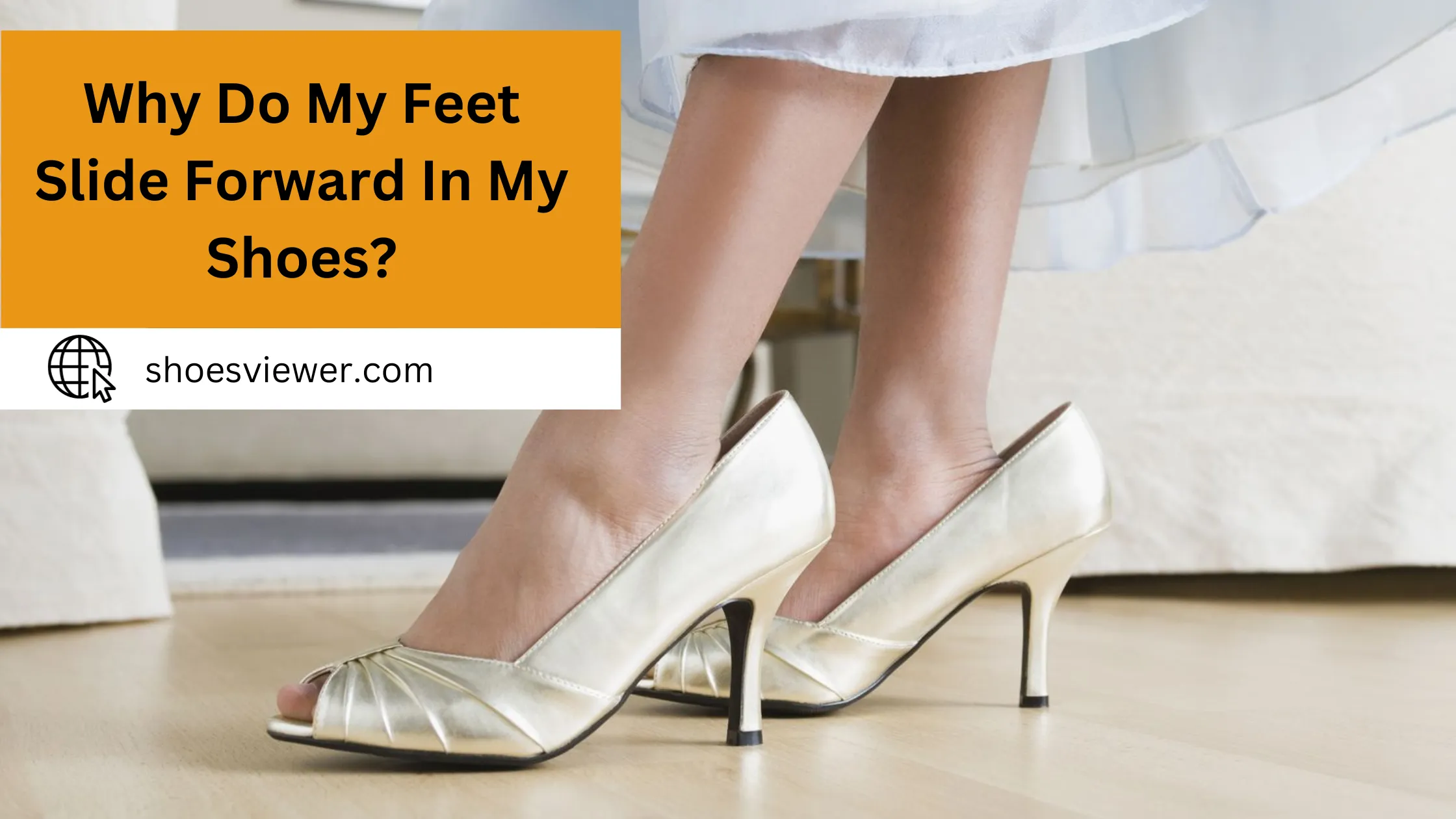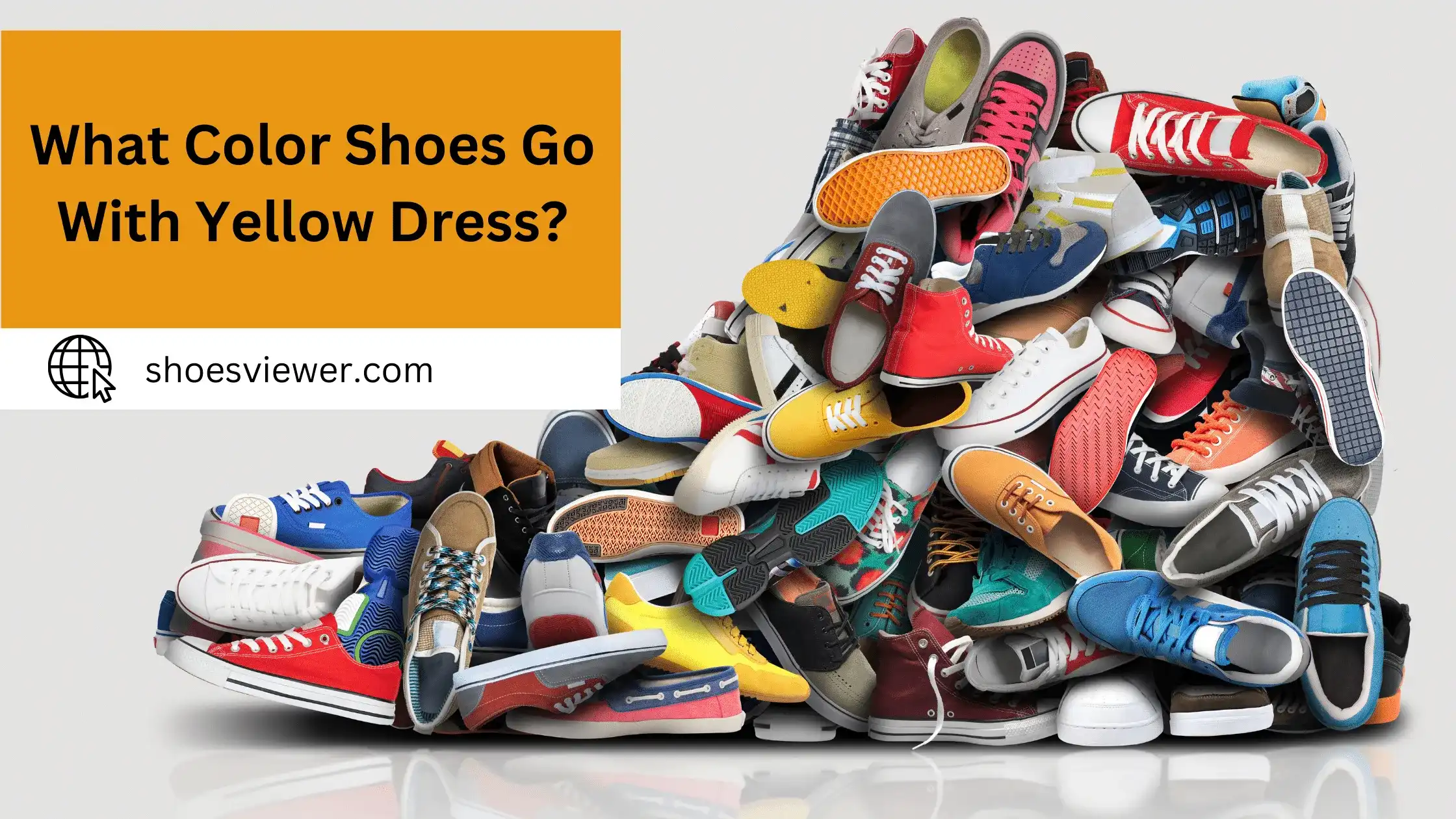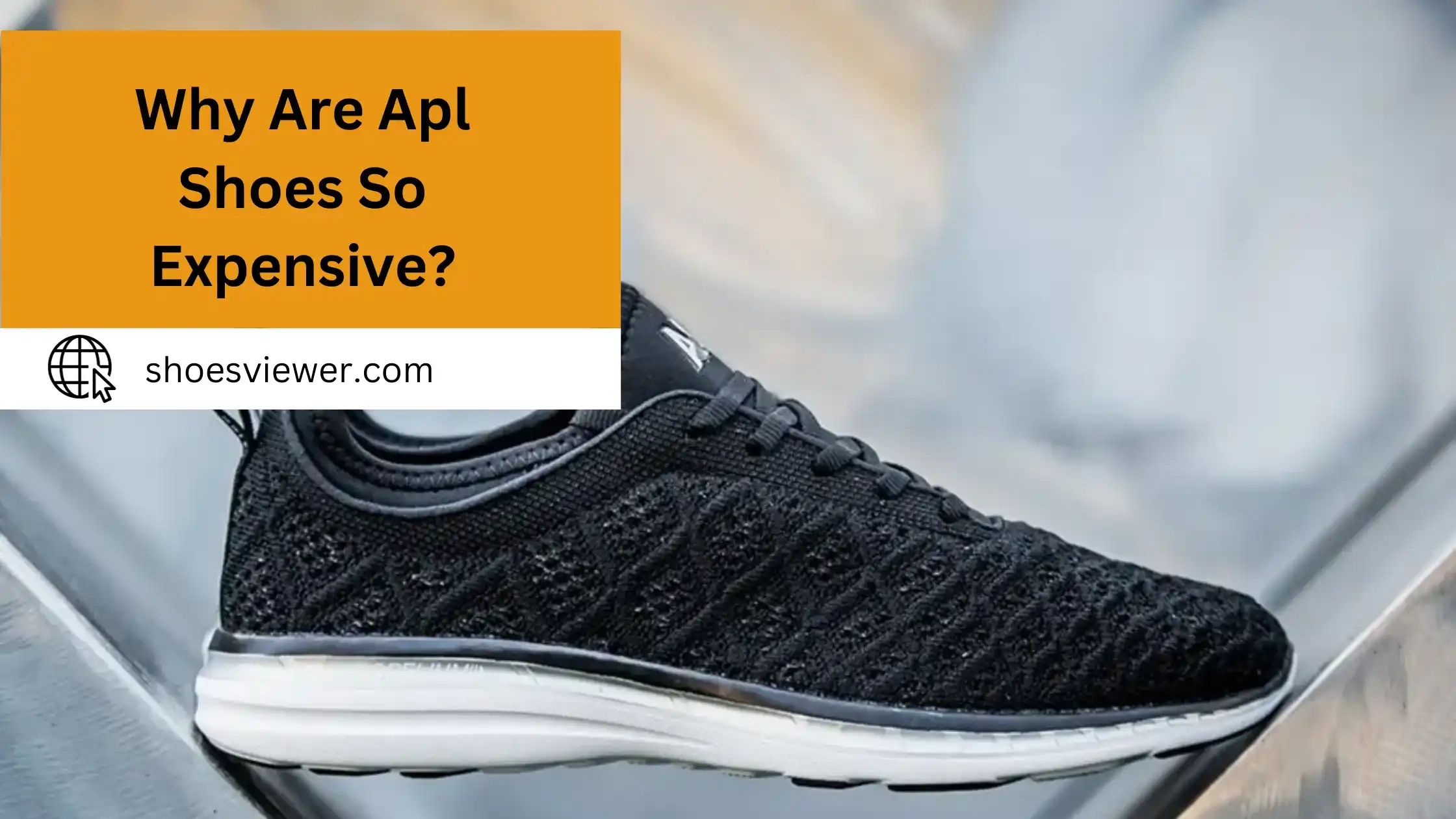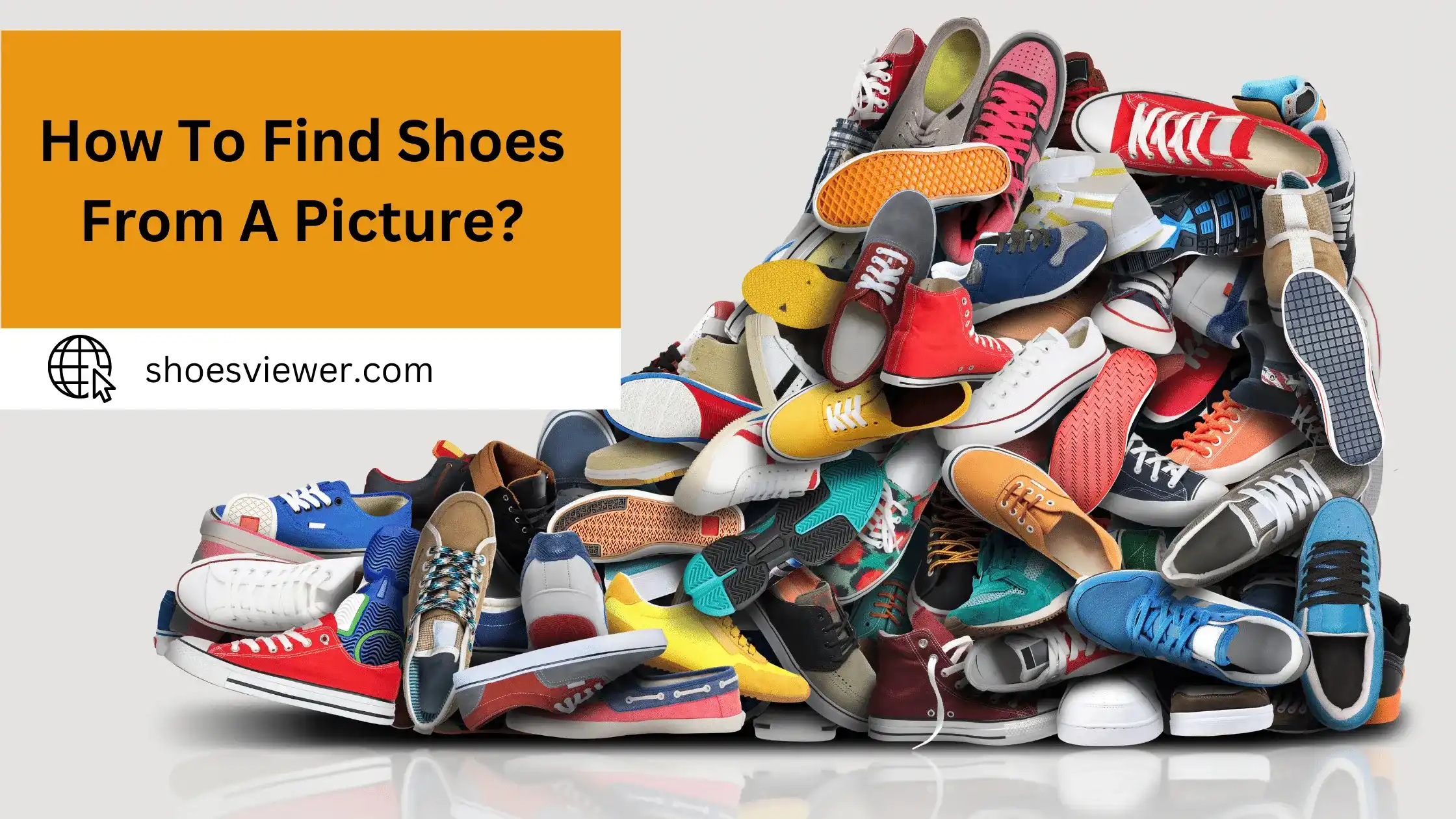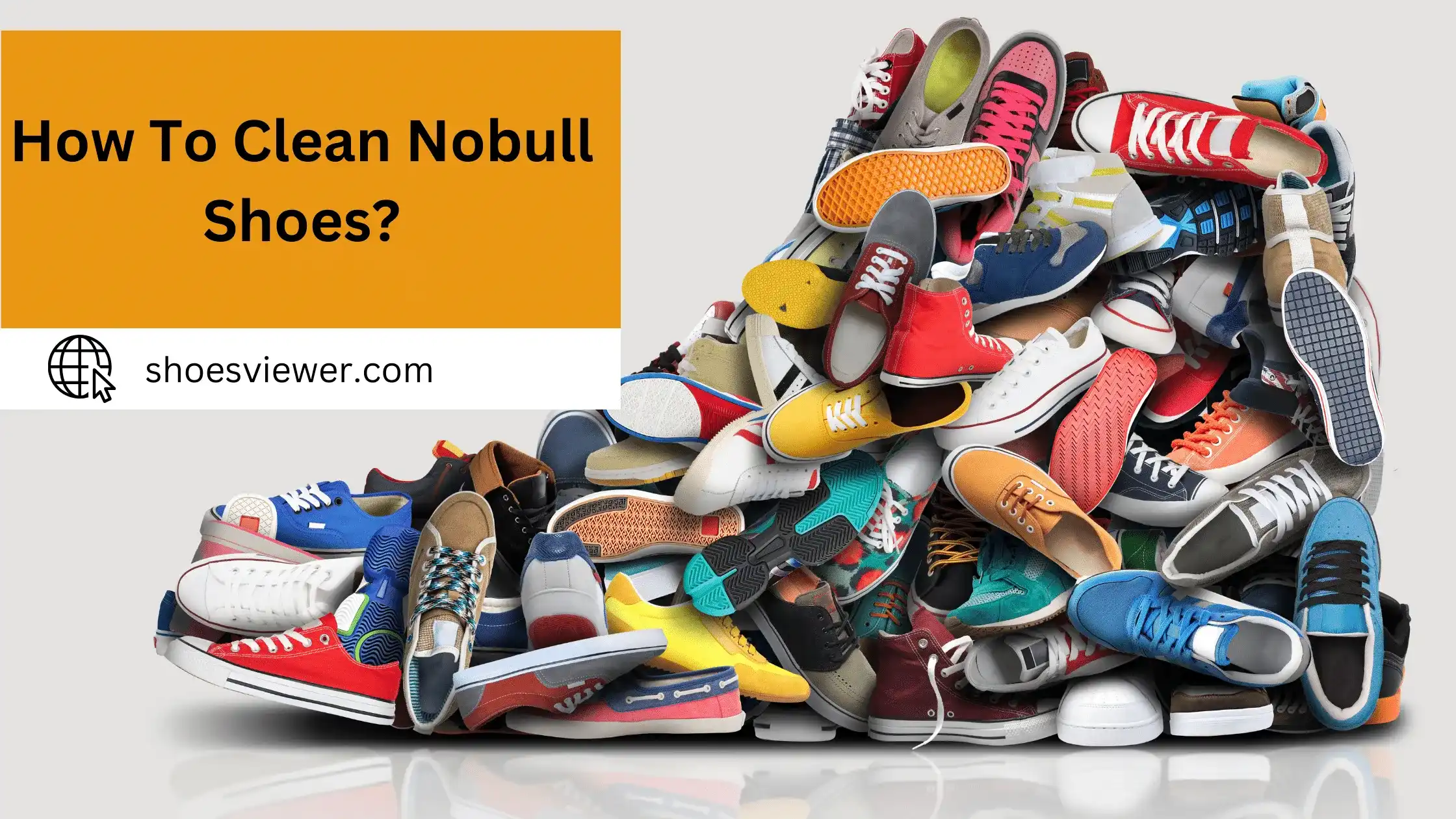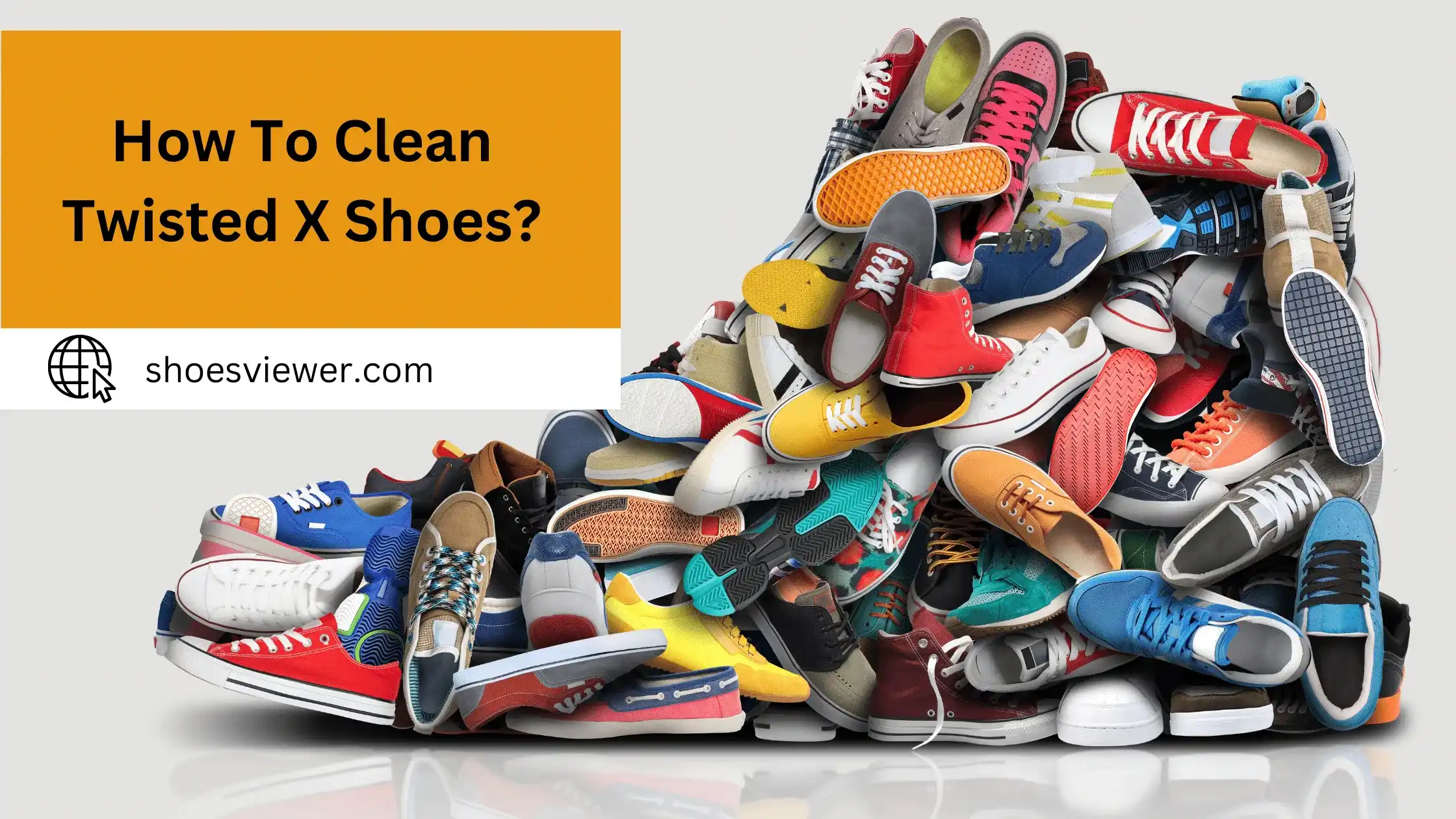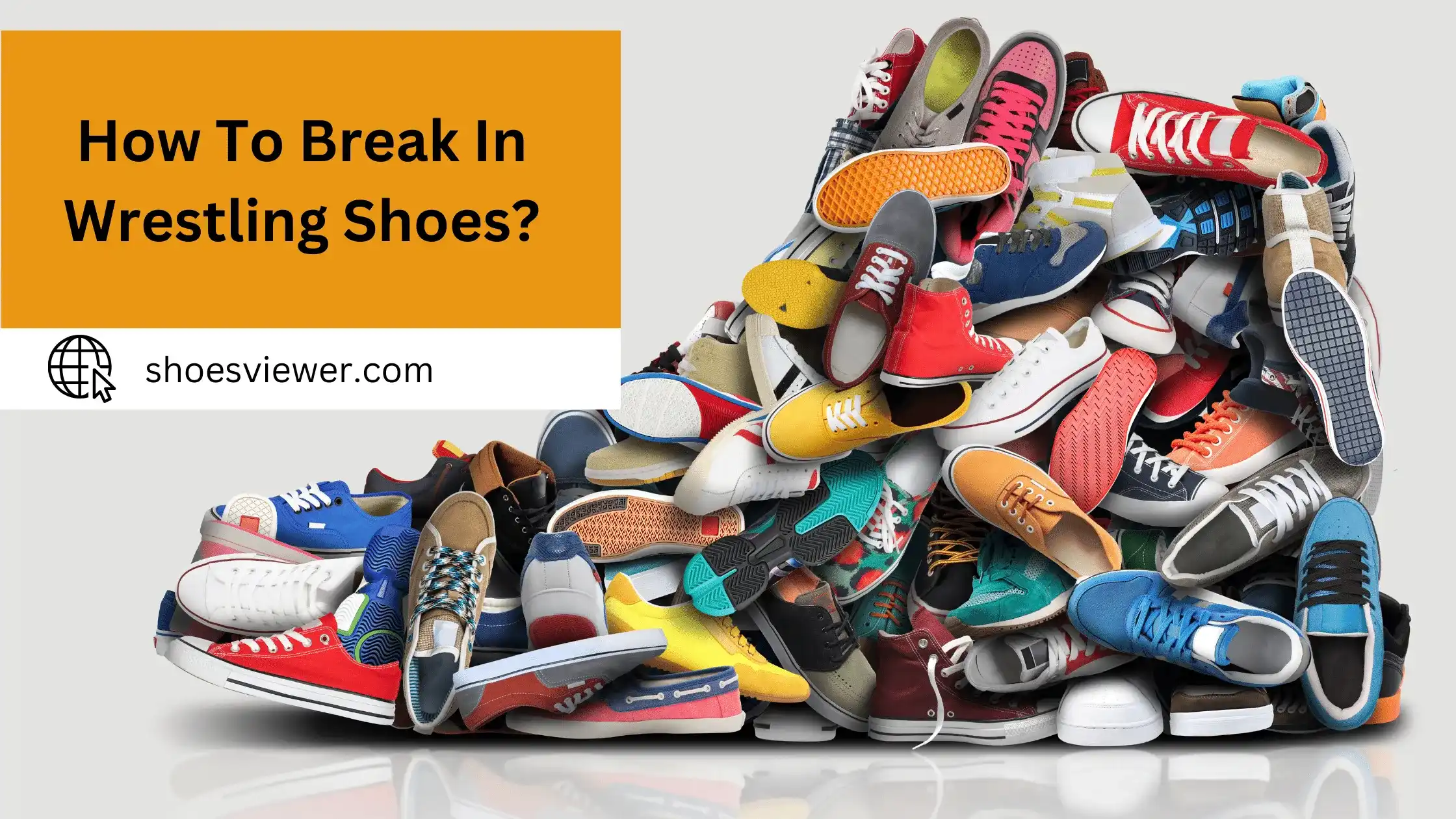Sliding feet can be an annoying and embarrassing problem affecting many people, and this post explains why it happens. You may need clarification about why this happens and not know how to fix it, but never fear!
There are numerous ways for you to address this issue. We’ll discuss the causes of sliding feet in shoes and offer tips on keeping them from doing so. By the end of this post, you’ll have a better idea of what’s happening with your footwear and hopefully some solutions, too!
So, let’s dive into why your feet slip forward in your shoes!
Ill-Fitting Shoes:
One of the most prevalent causes of sliding feet is shoes that don’t fit correctly. If the shoe is too large, it doesn’t adequately secure the foot, allowing it to shift within the shoe. Even shoes that are too tight can push the foot forward, especially in heels.
Consequences:
Continual sliding can lead to friction between the foot and shoe, increasing the risk of blisters, calluses, and even foot deformities over time. It also affects one’s walking gait, potentially leading to postural issues.
2. Heel Height and Shoe Design:
High-heeled shoes, particularly those with a steep incline, push the body’s weight forward. This gravitational pull, combined with the foot’s natural tendency to move on a downward slope, causes the foot to slide. Additionally, shoes with a narrow toe box can squeeze the toes, pushing them together and compounding the issue.
Consequences:
Prolonged wear of such designs can lead to foot pain, toe deformities like bunions or hammertoes, and increased pressure on the forefoot.
3. Smooth or Worn Insoles:
Overly smooth Insoles, or worn down over time, reduce the friction that helps keep the foot in place. This lack of grip inside the shoe makes the foot slide easier.
Consequences:
This can lead to an unstable walking experience, increasing the risk of missteps, trips, or falls.
4. Sweaty Feet and Non-Breathable Shoe Materials:
Feet naturally produce sweat, and when shoes are made of non-breathable materials like certain synthetics, moisture can build up inside the shoe. This damp environment reduces the traction between the foot and the shoe’s insole.
Consequences:
Excess moisture can cause sliding and create a breeding ground for bacteria and fungi, increasing the risk of foot infections and persistent odor.
5. Walking Dynamics and Surface Conditions:
Walking downhill, on inclines, or on slippery surfaces can exert forward pressure on the feet. Similarly, certain walking styles or habits can cause the foot to push forward in the shoe.
Consequences:
Apart from the discomfort of sliding feet, walking on such surfaces without proper shoe grip can lead to accidents or injuries.
6. Shoe Aging and Wear:
As shoes age, they can retain their original shape if maintained or stored correctly. This alteration can create extra space inside, allowing the foot to move more than when the shoe was new.
Consequences:
Worn-out shoes can lead to uneven weight distribution, straining the feet and causing pain or discomfort over time.
Understanding the precise causes behind feet sliding in shoes is essential. Addressing these causes can enhance comfort and reduce the risk of long-term foot health issues.
Effects of Ill-fitting Shoes - The Health Implications of Sliding Feet:
1. Blisters and Calluses:
Constant friction from sliding feet can lead to blisters. Over time, recurring friction can cause hardened skin or calluses.
2. Foot Deformities:
Wearing shoes that don’t fit properly for extended periods can contribute to foot deformities like bunions and hammertoes.
3. Strain and Pain:
An improper fit can lead to strain on the feet, ankles, and even upward into the knees, hips, and back due to the misalignment of your natural gait.
4. Ingrown Toenails:
Toes cramped or pressed against the shoe’s front due to sliding can lead to painful ingrown toenails.
5. Poor Posture:
Ill-fitting shoes can alter your stance and walking style, leading to poor posture and affecting your spinal health.
6. Increased Risk of Falls:
Sliding feet, especially in high heels or slippery soles, can increase the risk of falls or twisted ankles.
Identifying the Right Size and Fit - A Crucial Step to Prevent Feet from Sliding:
-
Feet can change size over time, especially after events like pregnancy or injury. It’s advisable to measure your feet at least once a year.
-
Feet tends to swell throughout the day. Shopping later can ensure you buy shoes that accommodate this swelling.
-
It’s common for one foot to be slightly larger than the other. Always fit shoes to the larger foot.
-
Aside from length, also consider the width of your feet. Brands often offer wide or narrow variants of their models.
-
Don’t just try the shoes on—walk around in them. This helps ascertain the fit under realistic conditions.
-
Ideally, there should be about half an inch (or a thumb’s width) of space between your longest toe and the shoe’s end.
Role of Shoe Materials: How They Contribute to Feet Sliding Forward?
Shoe materials significantly contribute to the comfort and functionality of the footwear, affecting how feet interact with the shoe. Certain materials have higher friction coefficients, meaning they can better grip the foot and prevent it from sliding forward. These include suede and certain types of synthetic fabrics.
Conversely, leather or other smooth fabrics can cause the foot to slide forward, mainly when the shoe is slightly larger than the wearer’s foot size. This movement may lead to discomfort and instability, underlining the importance of material selection in shoe design.
Solving the Problem - Practical Tips to Stop Your Feet from Sliding in Shoes:
-
Shoe Inserts and Insoles can help fill excess space and provide better cushioning and grip.
-
Non-slip Insoles prevent forward sliding, especially in high heels.
-
Ball-of-Foot Pads provide extra cushioning beneath the ball of the foot, reducing forward slide in elevated shoes.
-
Using shoe trees or stuffing shoes with paper can help maintain their shape, preventing the shoe from becoming too loose over time.
-
shoe sprays can be applied to the inside of shoes to increase grip.
-
Using foot powders or moisture-wicking socks can reduce foot sweat and decrease sliding.
Investing in tools to enhance the shoe’s grip can improve comfort, safety, and foot health.
Conclusion:
From comfortably wrapping your foot to adjusting the insole, there are a variety of solutions you can try when you find that your feet slide forward in your shoes. To prevent your feet from sliding forward and causing any strain or discomfort on your shin, taking a few precautionary steps, such as finding shoes with good arch support, ensuring a secure lacing system, and applying preventative ankle taping techniques is essential. While many causes may contribute to why this occurrence happens, knowing how to address this problem can make going through one’s day much more pleasant.
